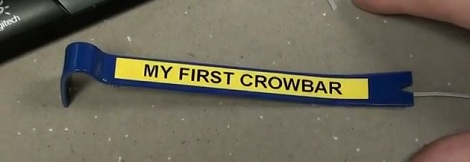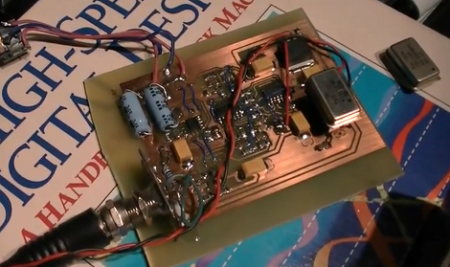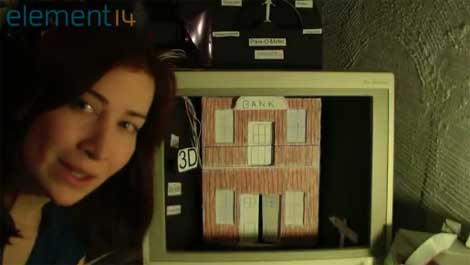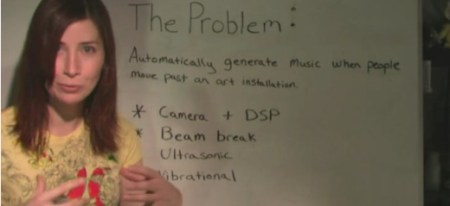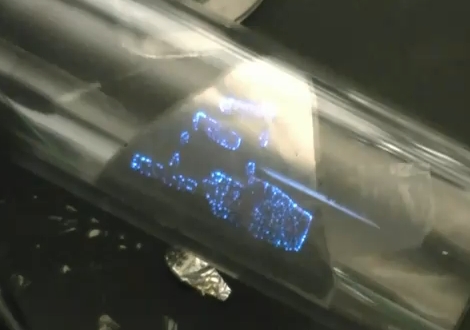
[Jeri] built this really cool C64 bass Keytar from a commodore64 and a cheap bass guitar. She’s using an FPGA to do the string detection and the key scanning, it then sends everything to the original 8bit sound chips. The reason that she is using a bass guitar is that the commodore sound chip only has 3 channels. There’s an interview with her from the maker faire, and if you keep watching, there are some other interesting projects too.
She notes that the implementation she went with has many performance issues due to the overtones the strings create when played. If she did it again, she’d go another route. Since [Jeri] has previously created the fully functional C64 games on FPGA, maybe she’ll add some video synth to this down the road.

